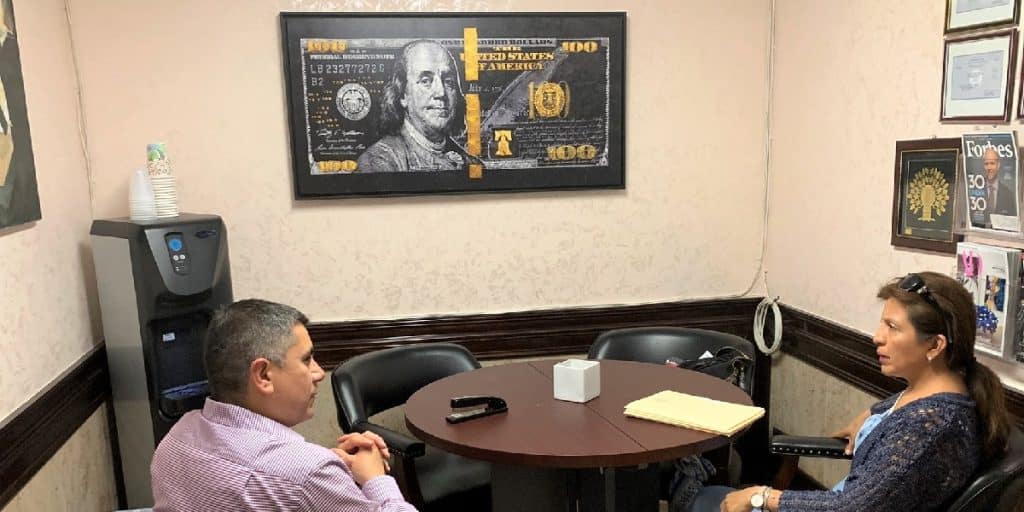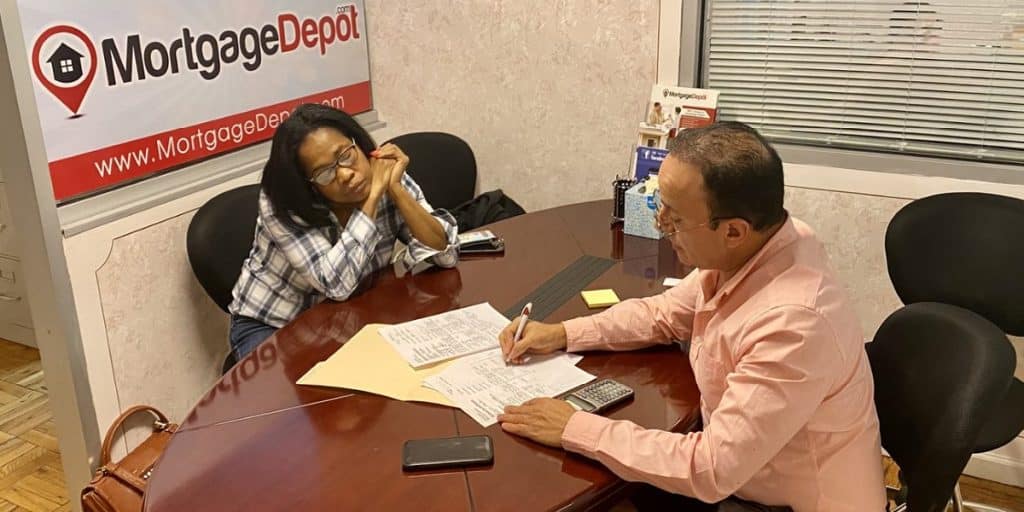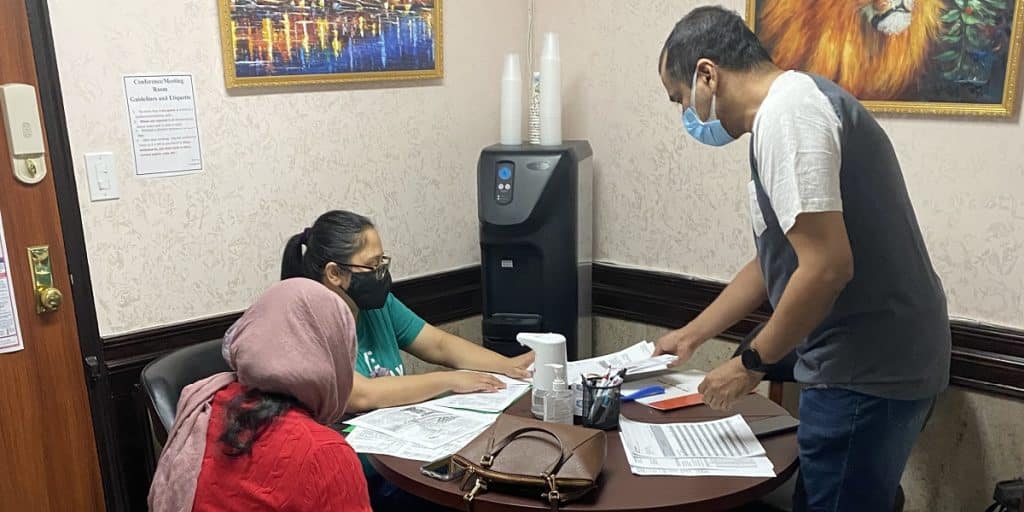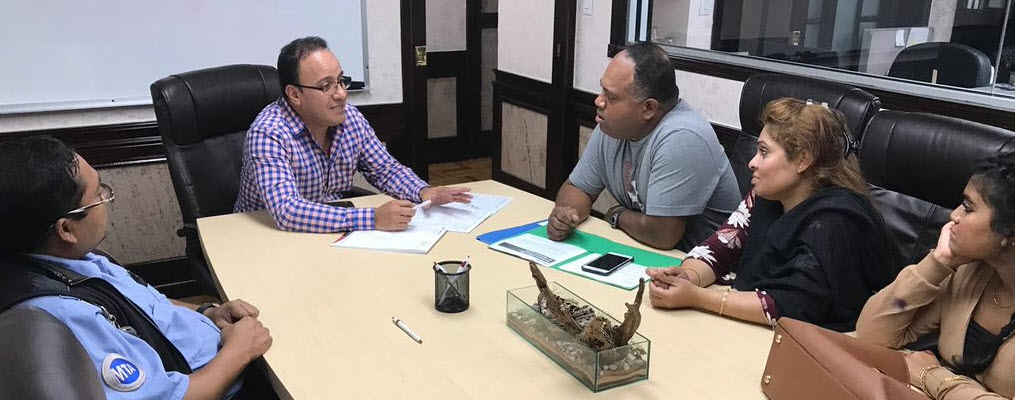
Traditionally, lenders have required homebuyers to make a 20-percent down payment on the purchase of a new home. However, this is no longer a firm requirement. In fact, you may be able to get into a new home with little to no money down. Before you consider one of these options, you should be aware of the benefits of making a larger down payment. These include the lack of a private mortgage insurance requirement, which could potentially equate to hundreds of dollars in monthly savings. They also include a better interest rate, a lower monthly loan payment and savings of tens of thousands of dollars in interest charges over the life of the loan.
While there are benefits associated with making a larger down payment, doing so can be disadvantageous in some ways. After all, it could take years to save up enough money for a 20-percent down payment. In the process, you may be throwing money away in monthly rent payments and missing out on the chance to accumulate equity.
What are your options if you want to buy a home with a lower down payment amount? Several loan programs offer a zero-down option or a low down payment option. For example, if you qualify for a USDA or VA loan, you may not need to make a down payment at all. FHA loans have a 3.5-percent down payment requirement. You could even qualify for a conventional loan with a low down payment. However, with less than 20-percent down, a conventional loan comes with a PMI add-on to your monthly mortgage payment. Keep in mind that there are also some grants and special savings programs that can help you to come up with down payment funds.
Each loan program has specific requirements for credit scores, income, debt-to-income ratios and more. To get more familiar with the mortgage programs that you could qualify for, reach out to the MortgageDepot lending team today.
Contact one of our loan consultants to learn more.
Have questions or need help?
Call us now at 800-220-LOAN
Request a call back or email us your questions!







